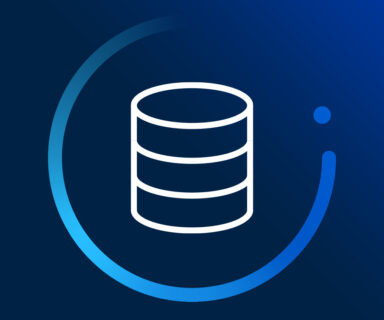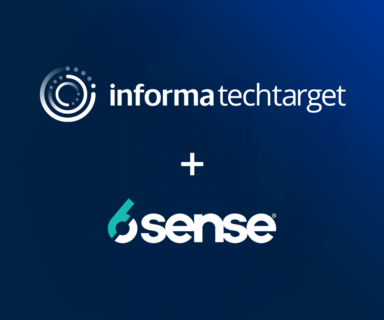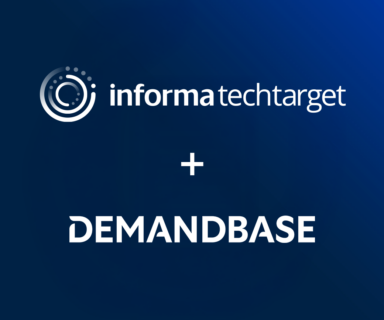What B2B Marketers Can Learn From the Best Returners in Tennis
 After a couple of careful bounces of the ball and a moment of hushed tension, the tennis serve initiates play with an explosion of technique and power. If the ball is unleashed with speed and pinpoint accuracy, it could even be an ace. No wonder the big servers get so much glory. But we mustn’t forget about the humble return. Most of the time, to win at tennis, you must break your opponent’s service game at least once, a feat which demands a strong return. Great returners like Novak Djokovic (who has taken the art of the return to new heights)—and past US legend Andre Agassi—have overcome big servers to win US Opens based on their formidable return of serve.
After a couple of careful bounces of the ball and a moment of hushed tension, the tennis serve initiates play with an explosion of technique and power. If the ball is unleashed with speed and pinpoint accuracy, it could even be an ace. No wonder the big servers get so much glory. But we mustn’t forget about the humble return. Most of the time, to win at tennis, you must break your opponent’s service game at least once, a feat which demands a strong return. Great returners like Novak Djokovic (who has taken the art of the return to new heights)—and past US legend Andre Agassi—have overcome big servers to win US Opens based on their formidable return of serve.
In my last blog, I explained how the speed and accuracy of intent data can enable sales to serve up aces and quickly penetrate deals with account-level insights. But what can B2B marketers learn from the great returners in tennis?
Position, Anticipate and Adjust: 3 Ways to Achieve Greater Marketing Returns with Real Purchase Intent
I’ve played a few sets of tennis in my time, but there’s no way I could return a typical first serve from Federer at 120mph. I’d be lucky to touch the ball with my racket. Why? Because I haven’t learned how to properly position, anticipate and adjust.
It just so happens that to generate demand, B2B marketers also need to effectively position their brand, anticipate the behavior of prospects, and adjust their tactics according to what they see in the accounts they are targeting.
#1 – Positioning your brand with active buyers
To return a tennis serve, you need to stand on the right spot. There is no single right spot for every situation. It depends on the server. For example, if the server likes to go down the middle, you need to cover that area. If the server goes deep and fast, you’ll need to stand back. You also need to adopt the correct stance. A flat-footed returner won’t be able to react in time.
In B2B marketing, success hinges on your ability effectively position your products and services with accounts and prospects before your competition can beat you to the punch. Just like you can’t return a serve if you aren’t in the right spot, you can’t win a deal if you don’t see it happening.
The earlier you can gain entry into deals, the more likely you are to be able to shape them in your favor and cement your position on the shortlist. Real purchase intent allows you to access the active demand in your market, showcasing active accounts and named prospects researching solutions like yours right now in very specific technology markets. This allows you to identify who is in market with the advanced insight to engage them early and often.
#2 – Anticipating the needs of accounts and prospects
Aside from hawk eyes and ninja reaction times, there’s an element of psychology to facing a serve. You need to read the server’s state of mind and how much risk they are willing to put in into the serve. Will they go wide, deep, fast, or go for something safe? This depends on the match situation and the state of mind of the opponent.
There are many variables in a B2B buy cycle. Multiple influencers and personas make up a buying team. Individual psychology, group dynamics, and fluctuating business need will all come into play, making it difficult to predict when a prospect is entering a buy cycle. So how can B2B marketers anticipate the behavior of prospects so you can quickly and accurately “return” to them with messaging that resonates? To anticipate future behavior, you need insight into past and present behavior. Behavior gives away a prospect’s state of mind. Are they researching topics in specific technology areas? What’s the velocity of the research? What are their pain points?
Unlike predictive analytics, real purchase intent data provides timely and accurate insight into accounts and named prospects who are in a buy cycle based on observed behavior you cannot see within your own systems. This gives you a super-charged ability to deliver precisely what your buyers need at the different stages of the buying cycle.
#3 – Making the right adjustments
You can be positioned perfectly and anticipate where the serve is going, but this combination alone will not guarantee that you will return it. To return a serve, a returner will need to adjust their body position based on what they see and then execute a complex sequence of actions. This will start by observing the toss and back swing. Once the ball makes contact with strings, the returner will first see whether the ball is left, right, or to the body and adjust their stance with deft footwork. Then the returner must pick a shot—all in a split second.
With real intent data—which provides detailed account-level insights including current tech stack, vendor preferences, and research activity—you have the confidence and the hooks to react quickly to signals of hyperactivity from prospects researching solutions like yours. The ability to adjust to these signals means being able to “return” the interest in a way that’s meaningful and timely to the buyer via optimized go-to-market messaging, nurture streams and sales follow-up.
Winning at tennis certainly requires a strong serve, and the immediate advantage of having an ace up your sleeve can be decisive. But without the crucial return, you will never break the opponent’s serve, and you will never win. With real intent insight, B2B marketers have the tools to elevate their “return” game to better position their brand, anticipate and adjust to real activity in the market.
To learn more about how purchase intent insight from TechTarget provides better fuel for marketing results watch this short video.




